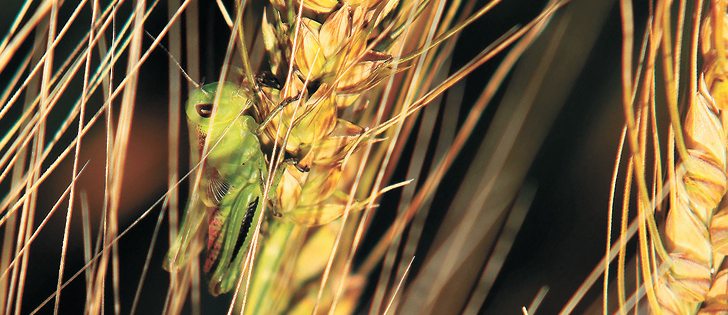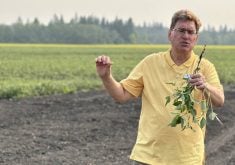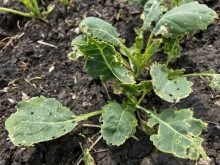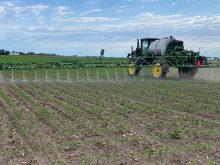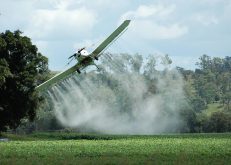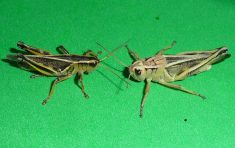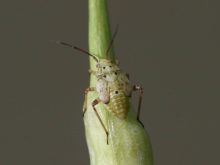It is hard to find producers concerned about grasshoppers this season.
The conditions for the pests have not been ideal and where populations are significant, there is more than enough plant material to share with farmers.
Being able predict pest populations and potential costs to growers across the Prairies is based on studies carried out by agricultural entomologists in Saskatchewan, Alberta and Manitoba working with producers.
John Gavloski of Manitoba Agriculture said the need to survey and predict future populations of grasshoppers is as important in years when the insects are having less of an impact as it is when grasshoppers are plentiful and picking farmers’ pockets.
Read Also

New wheat varieties offer Prairie farmers jump in yield
Three experimental wheat varieties developed by Agriculture Canada are showing yield increases of eight to 15 per cent over AAC Brandon wheat in registration trials.
“We have decades of data and it is important to understand these populations. For farmers the surveys provide planning information for the coming year. It lets them make decisions about risk and crop choices and potential costs (that they can budget for),” said the entomologist.
August is when counts take place and Gavloski suggests that farmers and agronomists take part.
“It isn’t a precise count. I have put the protocol to take part out there for producers and we will take the counts from anyone (in Manitoba) who wants to participate with us,” he said.
He said it takes practice to conduct a proper count and to get used to watching for the hopping as a person walks through a ditch, or field.
The more data entomologists receive about the pest populations, the greater the accuracy of the prediction for the following year.
In Alberta, provincial fieldmen perform the surveys, while in Saskatchewan it is performed by crop insurance field personnel.
For Manitoba, the sampling is done wherever the populations are highest in a given site, in a 50 metre strip, one metre wide, often in roadsides.
Species identification is done with a sweep net.
Producers and agronomists in Manitoba who want to aid the survey can find instructions for sampling at www.gov.mb.ca/agriculture/crops/insects/mb-grasshopper-survey.html.
Contact mike.raine@producer.com

